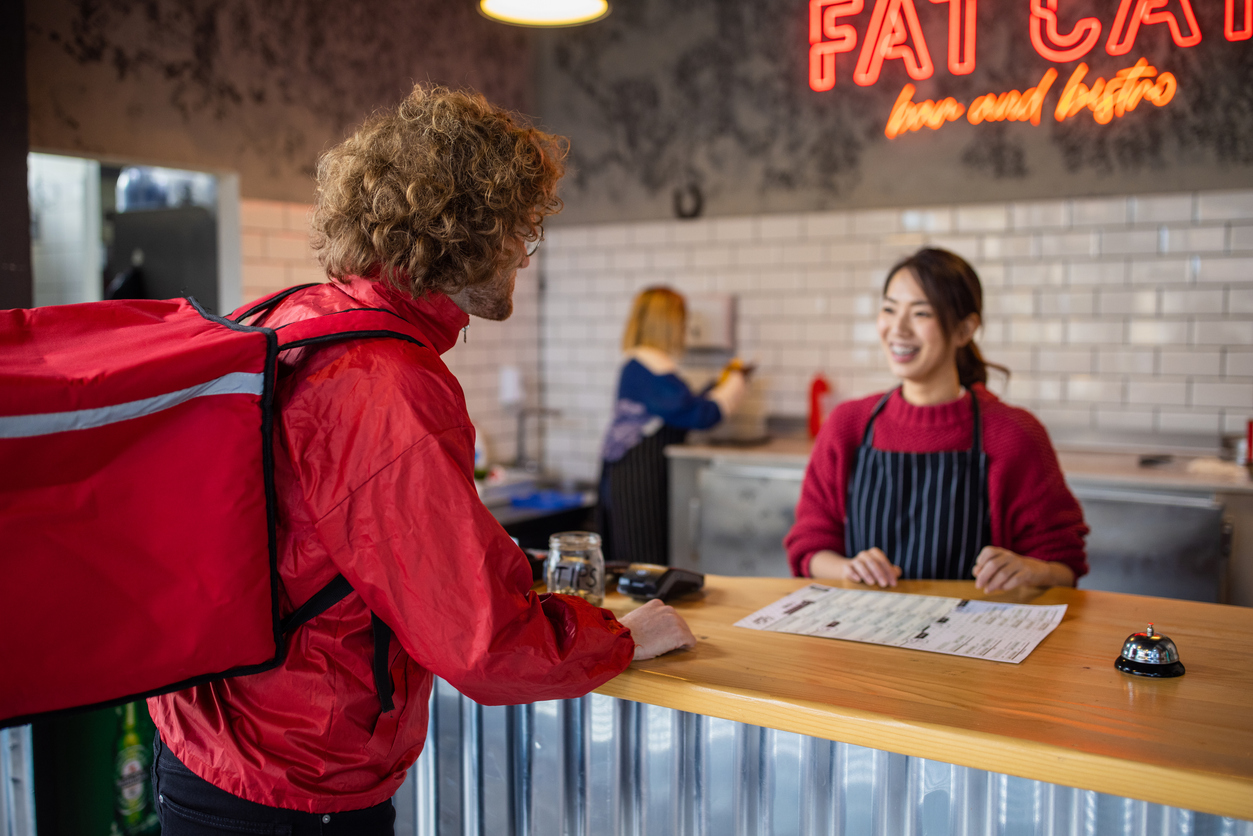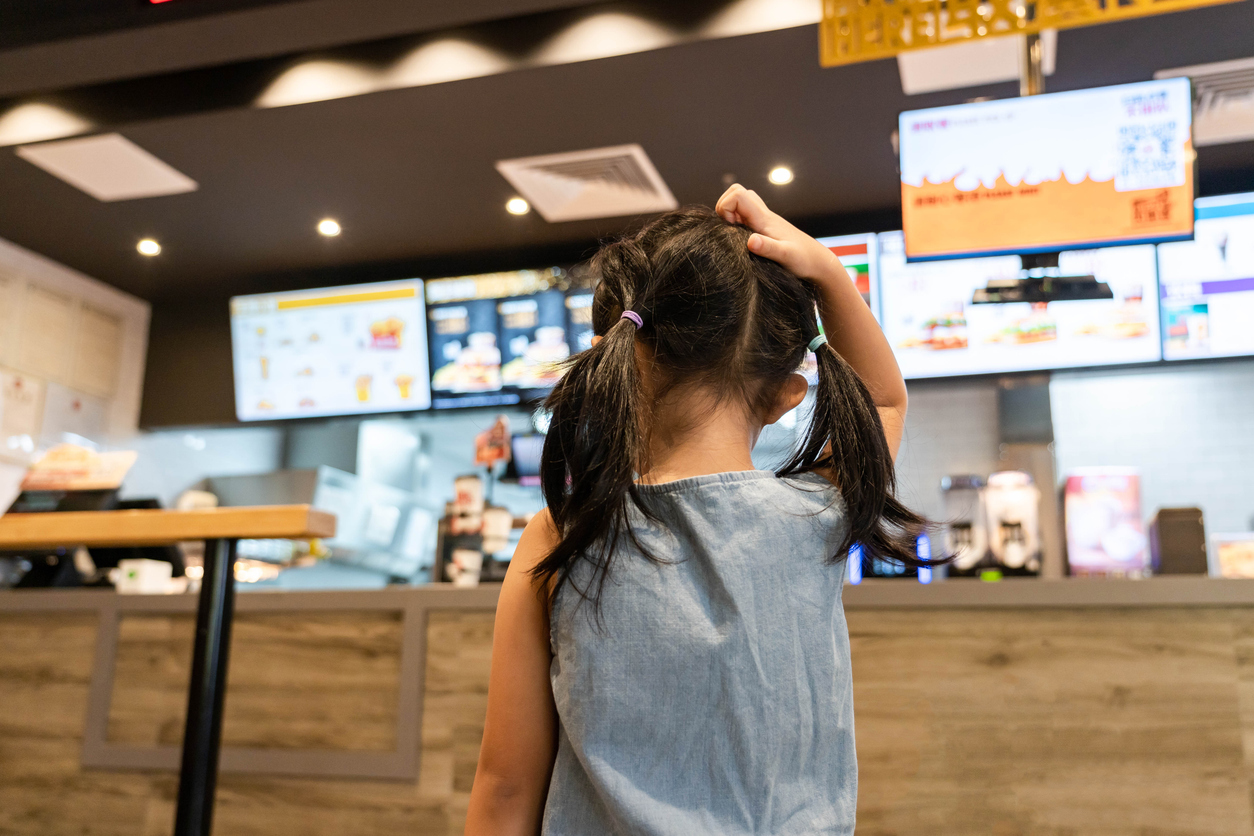Nowadays, AI-powered predictive ordering is changing how restaurants handle customer orders and manage wait times. This innovative technology uses artificial intelligence to analyze customer behavior, predict orders, and streamline operations, ultimately reducing wait times and enhancing the dining experience. By processing vast amounts of data from various sources, AI predictive systems help restaurants anticipate customer needs, optimize kitchen workflows, and deliver faster, more personalized service.
What Is AI Predictive Ordering?
Predictive ordering technology uses artificial intelligence to forecast what customers are likely to order based on various data points. This system analyzes:
- Past ordering patterns
- Customer preferences
- Time of day
- Weather conditions
- Local events
- Seasonal trends
The AI continuously learns from each transaction, making its predictions more accurate over time. For restaurants, this means better preparation for rush hours, optimized inventory levels, and faster service delivery.
The Benefits Of Predictive Ordering In Restaurants
Restaurants anticipate demand more accurately, leading to better decision-making and increased operational efficiency. Predictive ordering in restaurants offers numerous benefits, including:
Enhanced Customer Experience
Predictive ordering creates a more personalized dining experience by:
- Remembering customer preferences
- Suggesting favorite items
- Anticipating special requests
- Reducing order errors
- Speeding up service
This personalization leads to higher customer satisfaction and increased loyalty.
Improved Operational Efficiency
The technology streamlines restaurant operations through:
- Automated order processing
- Smart inventory management
- Optimized kitchen workflows
- Reduced food waste
- Better staff scheduling
These improvements result in smoother operations and reduced costs.
Increased Revenue
AI predictive ordering boosts revenue by:
- Suggesting relevant upsells
- Optimizing menu pricing
- Reducing waste
- Increasing restaurant table turnover rate
- Improving customer retention
Restaurants using this technology report up to 20% increase in average order value.
Reduces Wait Times
The system significantly cuts wait times by:
- Anticipating rush hours
- Pre-preparing popular items
- Streamlining order processing
- Optimizing kitchen workflows
- Managing staff levels effectively
Some restaurants report up to 40% reduction in wait times after implementing AI predictive ordering.
How Does AI Predictive Ordering Technology Work?
AI predictive ordering technology in restaurants analyzes historical sales data, customer preferences, and market trends to forecast future demand. AI ordering systems can make informed predictions about what items customers are likely to order, optimizing inventory management and enhancing the overall dining experience.
AI predictive ordering technology can be integrated with POS systems and other AI restaurant management tools. This integration allows for seamless data sharing, enabling more accurate forecasting and streamlined operations.
As restaurants adopt these advanced systems, they can better meet customer demands and stay competitive in a rapidly evolving market.
Use Cases Of Predictive Ordering In Restaurants

Predictive ordering technology offers a wide range of applications across different types of restaurants, from fast food chains to fine dining establishments and cafes. These venues can enhance operational efficiency, improve customer experiences, and ultimately drive profitability
Fast Food Chains
Fast food chains operate at high volumes and require efficient systems to manage orders and inventory. Predictive analytics can forecast busy periods based on historical data, allowing chains like McDonald's to prepare for surges in demand, ensuring that they have enough staff and ingredients ready.
Chains such as Taco Bell can use predictive ordering to analyze peak drive-thru times and adjust staffing levels accordingly, reducing wait times and improving customer satisfaction.
During lunch and dinner rushes, predictive ordering can help chains like Wendy's anticipate which menu items will be most popular, enabling them to pre-cook certain items to speed up service.
Fine Dining Restaurants
Upscale establishments can leverage predictive ordering to enhance the customer experience and streamline operations. Restaurants like The French Laundry use AI to analyze customer preferences and past orders, providing personalized dish recommendations that enhance the dining experience.
Fine dining venues can utilize predictive ordering to suggest wine pairings based on the dishes ordered. For example, a restaurant could recommend a specific wine that complements a guest's choice of steak, enhancing the overall meal.
Predictive analytics can help restaurants anticipate special occasions e.g., anniversaries, and birthdays, by analyzing reservation patterns, allowing them to prepare special menus or offers for those events.
Fine dining establishments can also use AI predictive ordering to forecast busy nights and manage online reservations more effectively, ensuring that they can accommodate guests without compromising service quality.
Cafes And Quick-Service Restaurants
Cafes and quick-service restaurants can utilize predictive ordering to improve efficiency and customer satisfaction. Cafes like Starbucks can analyze historical sales data to predict peak hours, allowing them to adjust staffing and inventory levels accordingly to meet customer demand.
Quick-service restaurants can use predictive analytics to determine which seasonal items will be popular. For example, a cafe might introduce pumpkin spice lattes in the fall based on past sales trends.
Cafes are using AI ordering to streamline mobile orders. For instance, Dunkin' can analyze customer preferences to suggest popular items for mobile orders, speeding up the process for customers who order ahead. Moreover, cafes can offer personalized discounts or rewards based on a customer's favorite items, encouraging repeat visits.
Quick-service restaurants can use predictive ordering to manage queues effectively. For instance, Chipotle can analyze foot traffic patterns to optimize staffing during busy times, reducing wait times for customers.
Challenges And Limitations Of AI Restaurant Predictive Ordering
While AI predictive ordering offers numerous benefits for restaurants, it also comes with its own set of challenges and limitations. Understanding these obstacles is crucial for successful implementation and operation. Here are some of the key challenges and limitations:
Data Privacy Concerns
Restaurants must address:
- Customer data protection
- Compliance requirements
- Secure storage solutions
- Transparent data policies
- Regular security audits
Implementation Costs
Initial investments include:
- Software licensing
- Hardware upgrades
- Staff training
- System integration
- Ongoing maintenance
Data Accuracy Requirements
Success depends on:
- Clean data collection
- Regular updates
- System maintenance
- Staff compliance
- Continuous monitoring
How To Implement AI Predictive Ordering In Your Restaurant
Implementing predictive ordering in your restaurant can significantly enhance operational efficiency and customer satisfaction. Here’s a structured approach to successfully integrate this technology into your restaurant operations.
Partnering With AI Solution Providers
Research various AI solution providers that specialize in predictive ordering systems or AI voice ordering systems. Look for vendors with a proven track record in the restaurant industry and positive customer reviews. Choose a provider that offers customizable solutions tailored to your specific needs. This ensures that the predictive ordering system aligns with your restaurant's unique menu, customer base, and operational processes.
Training Staff To Use AI-Powered Systems
Develop training programs for your staff to familiarize them with the new predictive ordering system. This should cover how to interpret data, manage inventory, and utilize the system for decision-making. Offer ongoing training sessions to keep staff updated on new features and best practices. This will help maximize the benefits of the technology.
Integrate Into Existing Restaurant Operations
Evaluate your current ordering systems and inventory management processes. Identify areas where predictive ordering can add value, such as reducing waste or improving customer service. After implementing the predictive ordering system, continuously monitor its performance.
Accept The Future Of AI Ordering With Checkmate
The future of restaurant AI looks promising with:
- Enhanced personalization
- Better prediction accuracy
- Deeper system integration
- Advanced automation
- Improved customer insights
At Checkmate, restaurants can get advanced AI phone ordering and AI drive-thru, automating up to 95% of orders without human intervention. These advancements will continue to transform your restaurant, making operations more efficient and customer experiences more enjoyable.
Ready to change your restaurant operations with AI predictive ordering? Get a demo with Checkmate to implement these technologies and reduce wait times in your establishment.




